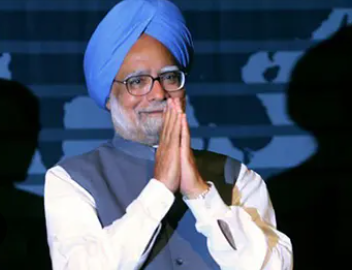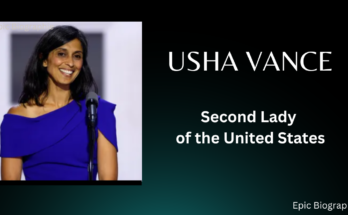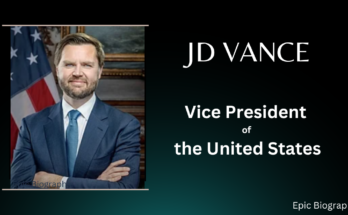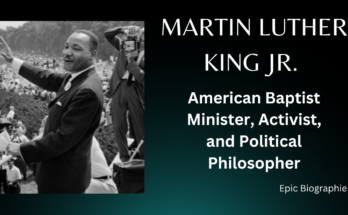Who is Dr. Manmohan Singh?
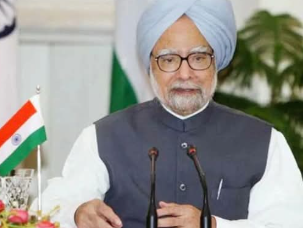
Dr. Manmohan Singh is the former Prime Minister Of India, he is the 13th Prime Minister Of India. Dr. Manmohan Singh was the fourth longest-serving Prime Minister Of India. Manmohan Singh was the part of Indian National Congress.
Dr. Manmohan Singh has served various post of the Government Of India. Such as Chief Economic Advisor(1972-1976), Governor Of the Reserve Bank(1982-1985). Head Of The Planning Commission(1985-1987) and also as the Prime Minister Of India.
Currently on December 26, 2024. Dr. Manmohan Singh passed away at the age of 92 at the AIIMS(All India Institute Of Medical Science).
Early-Life Of Dr. Manmohan Singh
Dr. Manmohan Singh, born on September 26, 1932, in Gah (now in Pakistan), moved with his family to Amritsar, India. Following the displacement caused by the partition of India in 1947. Hailing from a respected Sikh family, his early life was shaped by the challenges of migration. Alongside a deep family commitment to education.
Dr. Singh completed his undergraduate degree in Economics at Punjab University before pursuing advanced studies in the United Kingdom. He earned a Master’s in Economics from Cambridge University in 1954. Followed by a DPhil in Economics from Oxford University in 1962. His academic training in Western economic thought profoundly influenced his approach to economic policy and governance.
These formative years, marked by both personal challenges and academic excellence. Laid the foundation for Dr. Singh’s distinguished career as an economist and key architect of India’s economic reforms.
Career Of Dr. Manmohan Singh

Dr. Manmohan Singh’s career spans several decades and is marked by his transformative contributions to India’s economic policies. He is best known for his role in overseeing India’s economic liberalization in the 1990s. And later serving as the Prime Minister of India from 2004 to 2014. Below is an overview of his career:
Early Career:
After completing his studies at Oxford University. He joined the Reserve Bank of India (RBI) in 1957 as an economist. Where he gained valuable experience in macroeconomic policy.
In the 1960s and 1970s, Dr. Singh worked in various government positions. Including as Economic Adviser to the Ministry of Finance. His early work focused on industrial policy and economic planning. He later served as the Chief Economic Adviser to the Government of India, where he contributed to policy formulation in the areas of trade, finance, and economic planning.
International Institutions and Academic Roles:
In the 1980s, Dr. Singh held prominent international roles, including as the Deputy Governor of the Reserve Bank of India and Director of the International Monetary Fund (IMF). These positions gave him deep insights into global economic systems and bolstered his expertise in managing national economic strategies within an international framework.
Finance Minister (1991-1996):
Dr. Singh’s defining moment in Indian politics came in 1991, when he was appointed Finance Minister in the government of then-Prime Minister P. V. Narasimha Rao. During this period, India faced an acute balance of payments crisis. Dr. Singh played a pivotal role in implementing landmark economic reforms that reshaped India’s economic landscape. His key contributions included:
- Economic Liberalization: Dr. Singh championed policies of economic liberalization, including trade liberalization, privatization of state-owned enterprises, and foreign investment liberalization.
- Tax Reforms: The introduction of the New Industrial Policy and Tax Reforms helped modernize India’s economy, reduced trade barriers, and improved the ease of doing business.
- Devaluation of the Rupee: To address the currency crisis, he oversaw the devaluation of the Indian rupee, alongside measures to attract foreign investment.
These reforms are widely credited with kick-starting India’s transition from a closed, state-controlled economy to a market-driven economy, leading to robust growth in the following decades.
Prime Minister of India (2004-2014):
Dr. Singh served as Prime Minister of India for two consecutive terms from 2004 to 2014. His tenure was marked by significant economic growth and global recognition, but also by challenges in governance and political management.
- Economic Growth: Under his leadership, India witnessed robust economic growth, with the GDP growing at an average rate of 8% per annum. The country became one of the world’s fastest-growing major economies.
- Social Welfare Programs: Dr. Singh’s government introduced several key welfare schemes, including the National Rural Employment Guarantee Act (NREGA), the Right to Information Act (RTI), and the National Food Security Act.
- Global Engagement: Dr. Singh’s foreign policy was characterized by a focus on strengthening ties with major global powers, particularly the United States, China, and the European Union. He played a key role in signing the India-US Civil Nuclear Deal in 2008, which significantly enhanced India’s nuclear and energy capabilities.
However, his second term as Prime Minister also faced significant challenges, including allegations of corruption scandals, policy paralysis, and increasing political opposition. Despite these difficulties, Dr. Singh remained a respected figure, known for his integrity and economic acumen.
Post-Prime Ministerial Career:
After becoming Prime Minister in 2014, Dr. Singh remained active in public life. He occasionally spoke on economic issues and participated in various national and international forums. His memoirs and public speeches continue to be a valuable resource for understanding India’s economic trajectory and policy choices.
Legacy:
Dr. Manmohan Singh’s legacy as an economist and policymaker is defined by his instrumental role in shaping India’s economic liberalization. His vision for a more open, globalized economy transformed India into a rising economic power on the world stage. His leadership in times of economic crisis and his commitment to reforms have left a lasting imprint on the country’s economic development. Despite facing political and governance challenges, Dr. Singh is widely regarded as one of the most influential Indian leaders in post-independence history.
Family Of Dr. Manmohan Singh
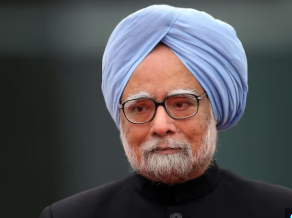
Dr. Manmohan Singh hails from a respected Sikh family. His father, Kesar Singh, a landowner in Gah (now in Pakistan), moved the family to Amritsar after the 1947 partition. His mother, Amrit Kaur, a homemaker, instilled values of discipline, hard work, and spirituality. Dr. Singh is married to Sonia Singh, a researcher and author focused on social development, who has been a supportive and private partner throughout his career. The couple has two daughters: Upinder Singh, a history professor at Delhi University, specializing in ancient Indian history, and Daman Singh, a writer and social worker. Despite Dr. Singh’s high-profile career, his family has maintained a low-key, private life, staying out of the media spotlight while supporting his values of humility and integrity.
